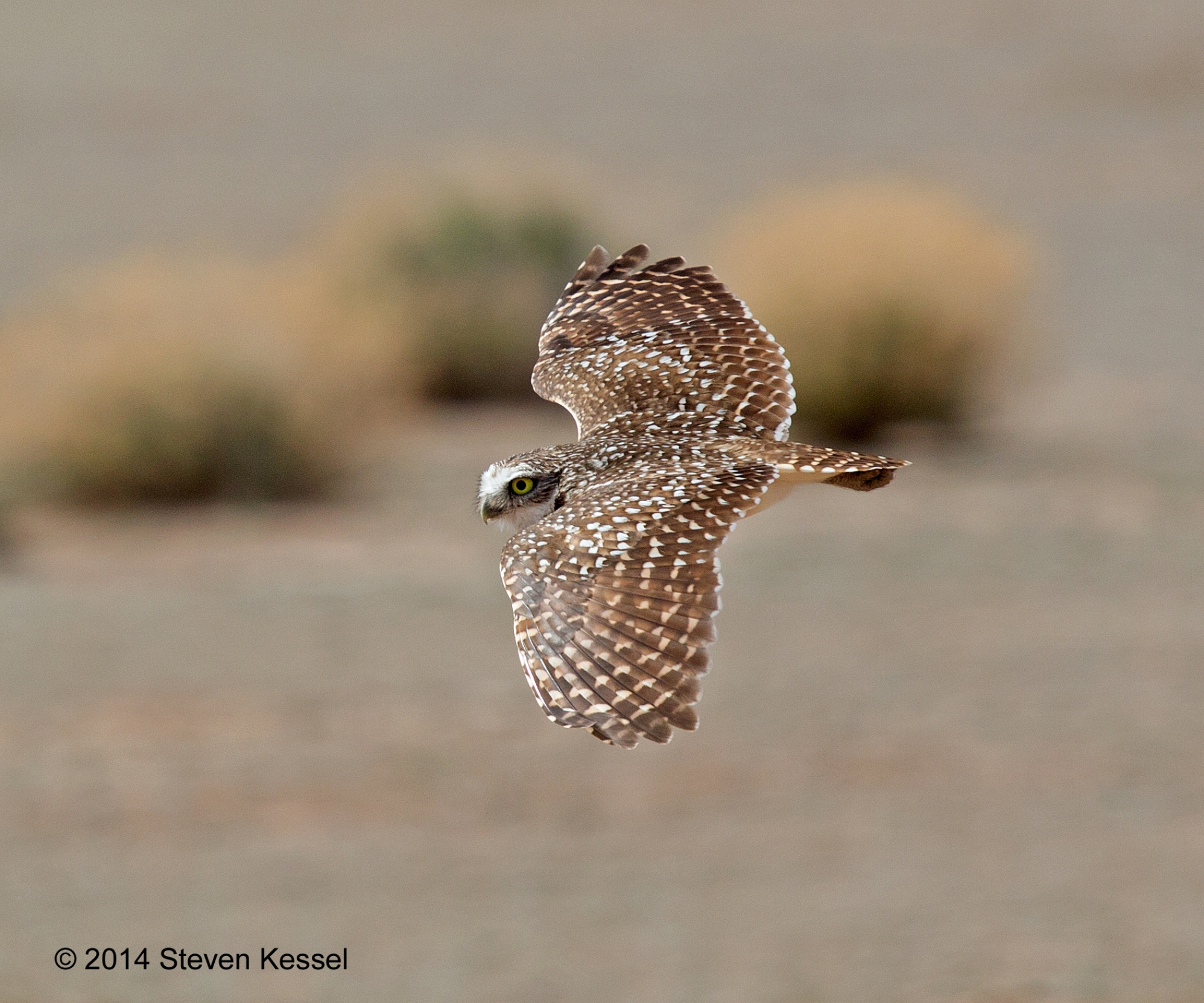You may enlarge any image in this blog by clicking on it. Click again for a detailed view.
We took advantage of our discovery of a nest of Crested Caracaras (based on tips that I received from others) by returning to the site several times. I was able to chronicle the development of the three nestlings right up to the point where they fledged and left their nest cactus. Today, and in the near future, I’m going to feature some images of the young birds right before they fledged.
The literature on Crested Caracaras says that, typically, the adult birds raise one or two offspring. A nest containing three youngsters is unusual. This nest, remarkable in that it was in plain view, is remarkable also in that it housed three young birds. I was elated when I captured some images of all three of the kids, together.
All three of the young Caracaras had grown in their fledgling plumage when I made these images. Adult Crested Caracaras have nearly black plumage on their wings, backs, and on the tops of their heads. Fledglings, like these birds, have deep chocolate brown plumage. Adult birds have white throats mottled with dark markings. On youngsters, that plumage is a rich beige in color.
One of the youngsters, shown in these images perching on the tip an arm of the nest cactus, was slightly more developed than its siblings. That isn’t surprising. Many raptors lay their eggs over a period of a few days. That means that one of the offspring will be a bit more advanced than the others. This bird looked just about ready to leave the nest.
No one would describe Crested Caracaras as classically beautiful. They have an appearance that remind me of some of the feathered dinosaurs of the late Cretaceous Era. But, if not beautiful, they are certainly striking in appearance. This youngster displays much of the boldness of an adult bird.
As I photographed this young Caracara it displayed another characteristic that typifies this species: curiosity. I will show that behavior in one final round of images, which I will post in the next day or two.
Images made with a Canon 5Div, 400mm f4 DO II lens+1.4x telextender, supported by monopod, M setting (auto ISO), ISO 800, f7.1 @ 1/1250.
